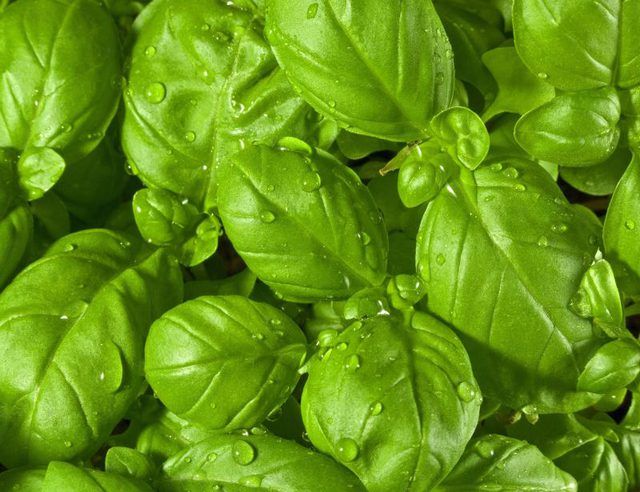Bulbs
Flower Basics
Flower Beds & Specialty Gardens
Flower Garden
Garden Furniture
Garden Gnomes
Garden Seeds
Garden Sheds
Garden Statues
Garden Tools & Supplies
Gardening Basics
Green & Organic
Groundcovers & Vines
Growing Annuals
Growing Basil
Growing Beans
Growing Berries
Growing Blueberries
Growing Cactus
Growing Corn
Growing Cotton
Growing Edibles
Growing Flowers
Growing Garlic
Growing Grapes
Growing Grass
Growing Herbs
Growing Jasmine
Growing Mint
Growing Mushrooms
Orchids
Growing Peanuts
Growing Perennials
Growing Plants
Growing Rosemary
Growing Roses
Growing Strawberries
Growing Sunflowers
Growing Thyme
Growing Tomatoes
Growing Tulips
Growing Vegetables
Herb Basics
Herb Garden
Indoor Growing
Landscaping Basics
Landscaping Patios
Landscaping Plants
Landscaping Shrubs
Landscaping Trees
Landscaping Walks & Pathways
Lawn Basics
Lawn Maintenance
Lawn Mowers
Lawn Ornaments
Lawn Planting
Lawn Tools
Outdoor Growing
Overall Landscape Planning
Pests, Weeds & Problems
Plant Basics
Rock Garden
Rose Garden
Shrubs
Soil
Specialty Gardens
Trees
Vegetable Garden
Yard Maintenance
How to Keep a Basil Plant Alive
How to Keep a Basil Plant Alive. If "basil" were a verb, everybody would want to do it. Few herbs have a bigger, brighter reputation than annual basil (Ocimum basilicum), an aromatic herb with brilliant green leaves that taste rich, sweet, spicy and slightly peppery, all at the same time. Keeping your basil plant healthy is mostly a...

If "basil" were a verb, everybody would want to do it. Few herbs have a bigger, brighter reputation than annual basil (Ocimum basilicum), an aromatic herb with brilliant green leaves that taste rich, sweet, spicy and slightly peppery, all at the same time. Keeping your basil plant healthy is mostly a matter of planting it properly.
Here Comes the Sun
Basil is a sun-loving plant that will not thrive in the shade. Your best bet is to select a spot with all-day sun, but any site works as long as it gets at least six hours of sun a day. Basil grows in almost any well-draining soil, but, like most vegetables, it prefers rich soil with a neutral pH of around 6 to 7.5. Working a few inches of compost into the garden soil gives the plant additional nutrients, as well as improving the drainage of clay soils and the water-holding ability of sandy soils.
Stages of Basil
Sow seeds outdoors after all chance of frost has passed, spreading the seeds evenly and covering over with 1/4 inch of soil. Keep the soil moist. The seedlings first develop seed leaves, shaped like capital Ds, followed by true leaves. When you see two sets of true leaves, usually a few weeks after germination, thin the plants, leaving around 6 to 12 inches between them. Mulch around the plants with a 2-inch layer of dried grass clippings or chopped, dried leaves, keeping the mulch from touching the plants. Ultimate plant size and growth depends on the cultivar, but some basil plants can get 2 feet tall and wide over the course of one growing season.
Fertilizer and Water
Basil needs water to grow and thrive. Seedlings require consistently moist soil, and mature plants also need regular watering. Water them deeply every week or so, depending on rainfall, ideally with a dripper hose. It is important not to splash water on the leaves. Basil needs little fertilizer and you should proceed slowly because the flavor of the leaves is dulled when the plant grows too fast. Use 5-10-5 or 5-10-10 fertilizer and spread 3 ounces for each 10 feet of row once or twice in the growing season.
Shaping Plant
If you are growing basil to use as an herb, pruning it regularly is essential and encourages faster growth. If you don't prune at all, the plant can get leggy. If it flowers, the stem grows woody and produces leaves that taste bitter. Pinch off the ends of the branches periodically to encourage branching, and remove all flower stems as soon as they appear. Obviously, disregard this if you are growing basil for its pretty blossoms. The annual plants die back as fall turns into winter, and you should plan to replant every year.